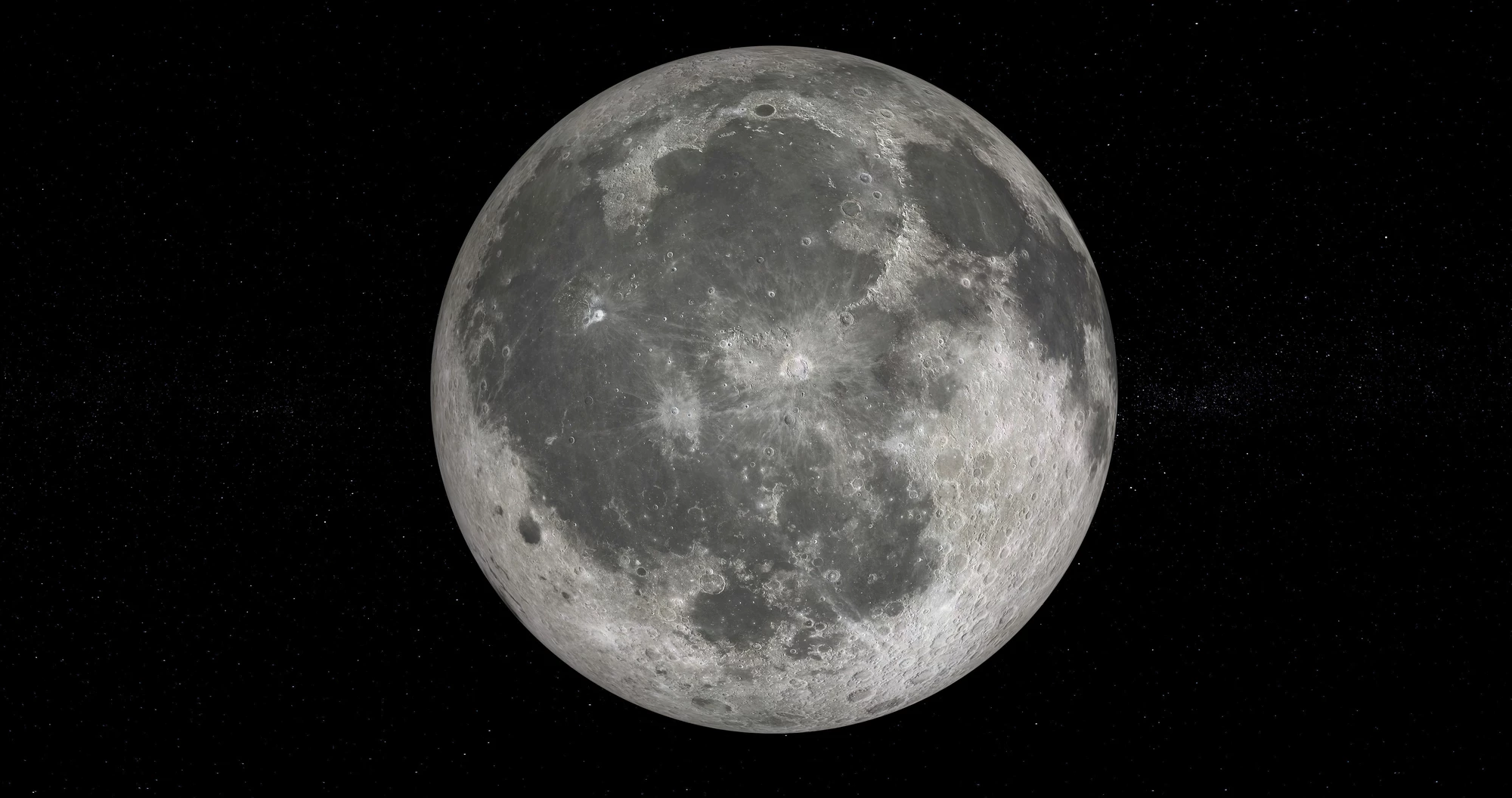Chang’e 5 touched down on the Moon in December 2020, where it scooped up a sample of the lunar regolith and returned it to Earth a few weeks later, marking the first successful lunar retrieval mission since 1976. Analysis turned up traces of water and the youngest known Moon rocks so far.
Now, researchers at the Chinese Academy of Sciences’ Institute of Metal Research have made a new discovery in the lunar sample – graphene. Taking the form of two-dimensional, one-atom-thick sheets of carbon, this material has been snatching headlines for years thanks to its useful electronic and mechanical properties. Usually it’s made in the lab by depositing thin sheets of carbon onto substrates – or just peeling it off lumps of graphite using tape, but natural graphene has been detected in interstellar space, meteorites, mines and now, on the Moon.
The researchers on the new study used Raman spectrometry to analyze a small lunar sample returned by Chang’e 5, measuring about 2.9 x 1.6 mm. The team identified several spots that had high carbon content, which seemed to be in the form of graphite. Since graphene is essentially just very thin sheets of graphite, the scientists checked the sample using a higher magnification.
And sure enough, some of the carbon present took the form of graphene. Some was made up of flakes between two and seven layers thick, while some was part of a carbon shell surrounding other minerals. Its presence in these shells suggests that the graphene wasn’t just peeled off the graphite, the team says – instead, it likely formed through another process, one that required high temperatures.
Closer inspection revealed that iron compounds were present only in the areas with high carbon content, which suggests that these promote the formation of graphite and graphene, the team says. Heat from volcanic activity, which occurred during the Moon’s early years, could have done the job. Or, iron-bearing minerals in the lunar soil could have captured carbon from gases in the solar wind, and catalyzed it into graphene with hot plasma discharges that can be generated on the Moon’s surface.
While there’s not really enough graphene up there for future astronauts to scoop up and use, the team says that studying how the stuff might form naturally could improve our own artificial efforts.
“The mineral-catalyzed formation of natural graphene sheds light on the development of low-cost scalable synthesis techniques of high-quality graphene,” concluded the paper. “Therefore, a new lunar exploration program may be promoted, and some forthcoming breakthroughs can be expected.”
The research was published in the journal National Science Review.
Source: Science China Press via Phys.org




